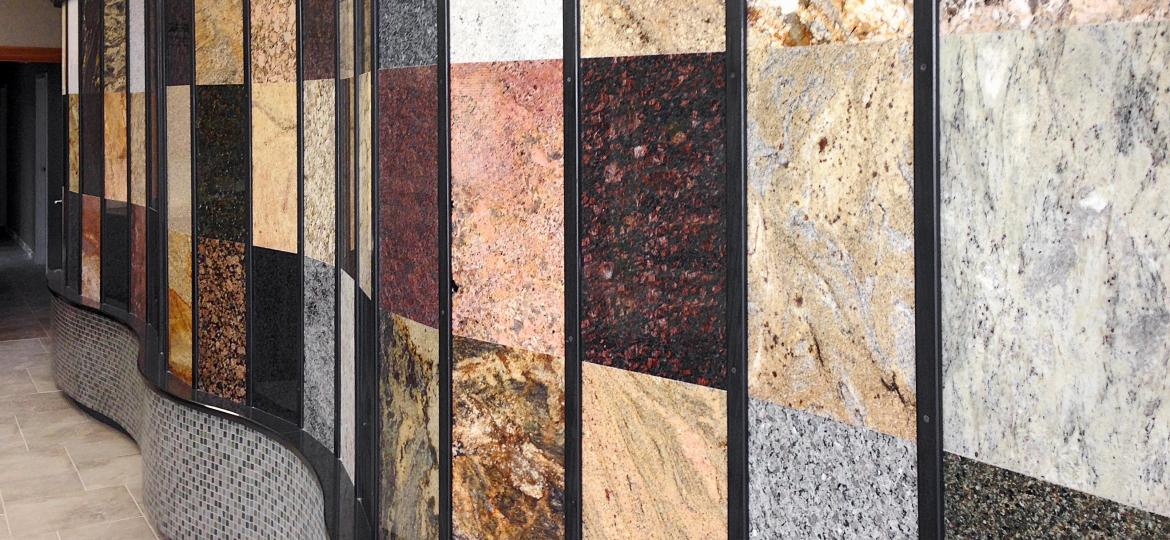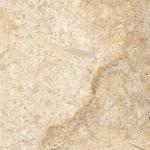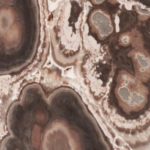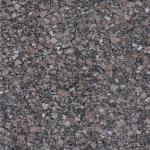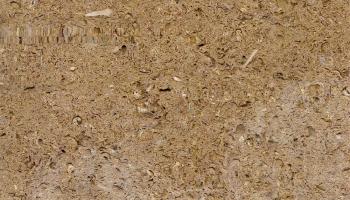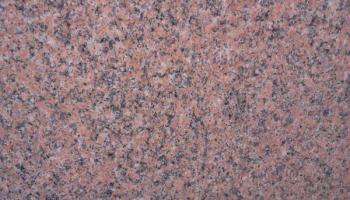Natural stone can be classified into two general categories according to its composition: siliceous stone or calcareous stone. Knowing the difference is critical when selecting cleaning products.
Siliceous stone is composed mainly of silica or quartz-like particles. It tends to be very durable and relatively easy to clean with mild acidic cleaning solutions. Types of siliceous stone include: granite, slate, sandstone, quartzite, brownstone, and bluestone.
Calcareous stone is composed mainly of calcium car- bonate. It is sensitive to acidic cleaning products and frequently requires different cleaning procedures than siliceous stone. Types of calcareous stone include: marble, travertine, limestone, and onyx. What may work on siliceous stone may not be suitable on calcare- ous surfaces.
Conduct a visual identification of the stone. While there are exceptions, the following characteristics are common:
•Granites have a distinct crystal pattern or small flecks; very little veining.
• Lime stones are widely used as a building stone. Colors are typically gray, tan, or buff. A distinguishing characteristic of many lime stones is the presence of shell and/or fossil impressions.
• Marbles are usually veined, fine-textured materials that come in virtually unlimited color selections.
• Sandstones vary widely in color due to different minerals and clays found in the stone. Sandstone is light gray to yellow or red.
Slates are dark green, black, gray, dark red, or multi-colored. They are most commonly used as a flooring material and for roof tiles and are often distinguished by distinct cleft texture. Some notable cladding projects include also slates/

